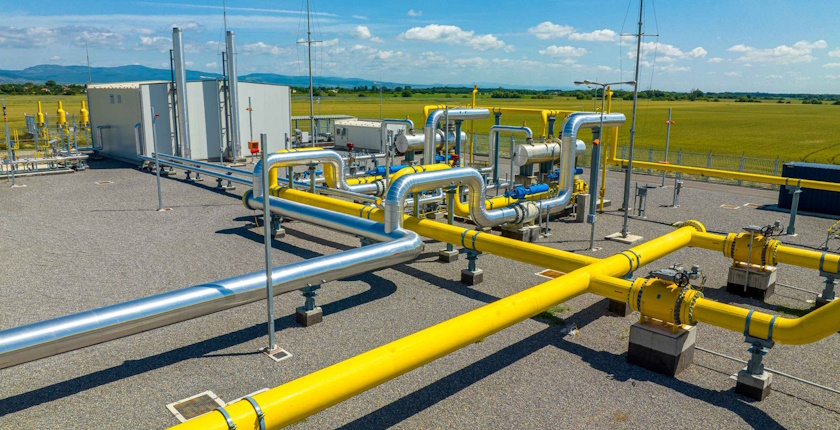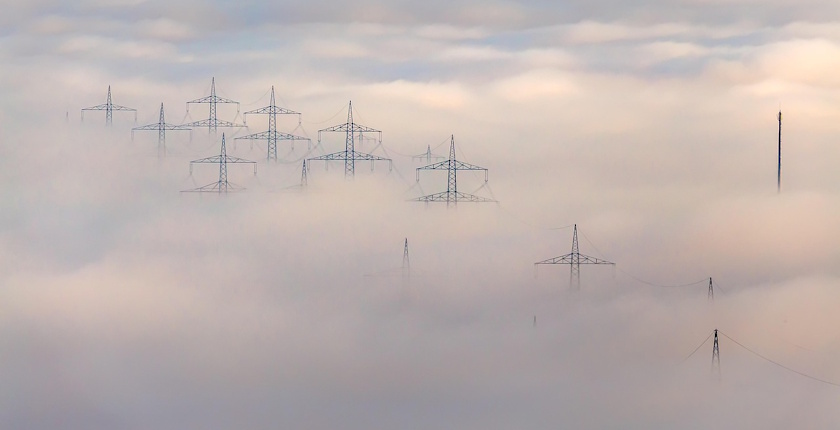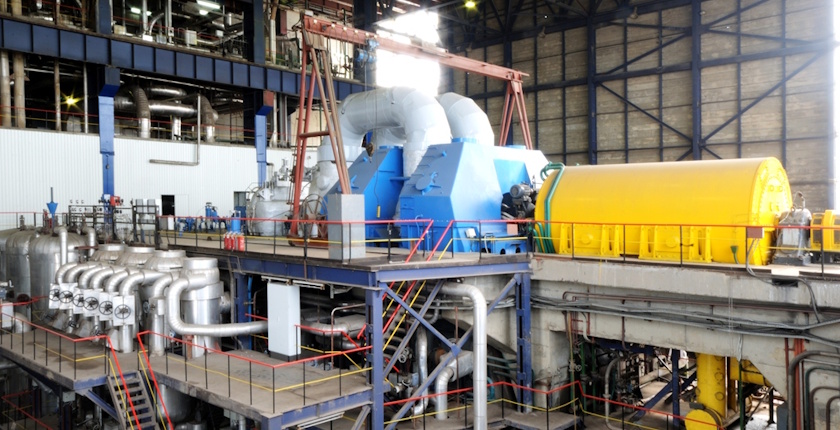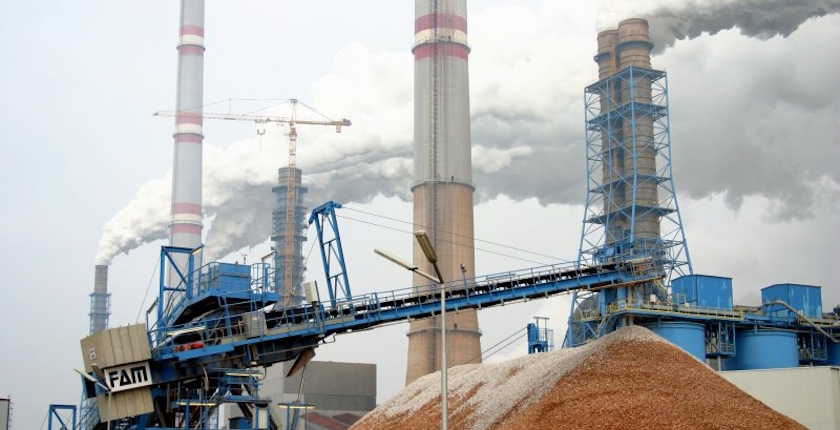
WindEurope seeks next CEO as Giles Dickson to depart
Chief Executive Officer of WindEurope Giles Dickson has decided to step down after 10 years, to become a school teacher. The Board of Directors of WindEurope has initiated the process of finding his successor.
Giles Dickson has been instrumental in the expansion of wind energy in Europe – onshore and offshore – and played a key role in the development of Europe’s ambitious renewable energy plans, the organization said. The board established a nomination committee to find the new CEO. The current chief executive of WindEurope is remaining in his post throughout this process, until he steps down during the second half of 2025, the update adds.
“I’m incredibly proud of the progress wind energy has made in Europe in the past 10 years. I thank everyone at WindEurope for their engagement and support and the many people who have helped take wind energy forward during my tenure. Having spent most of my working life outside the UK, I look forward to going home and trying to put something back into the society I came from. But wind is a fantastic industry that it is a privilege to serve,” Giles Dickson said.
The number of jobs in the wind industry is expected to reach 600,000 in 2030
Chair of the Board of Directors Henrik Andersen praised the outgoing CEO for his contribution to WindEurope and the expansion of wind across the continent.
“It is a testament to Giles’ passion for and dedication to the energy transition that he will now help ensure a smooth succession and leave a stronger WindEurope than when he arrived. Europe is facing a generational challenge of becoming competitive and secure again, which wind energy plays a key role in, and I’m therefore very pleased we’ll have a wind energy champion like Giles to educate our future generations,” he stated.
Wind energy accounts for 20% of the electricity Europe consumes, and thanks to wind, the European Union avoids 100 billion cubic meters of fossil fuel imports, WindEurope pointed out.
The industry provides 370,000 jobs and the number is projected to reach 600,000 in 2030. The wind power sector contributes EUR 52 billion to Europe’s gross domestic product, the organization added. On average, each new wind turbine adds EUR 16 million to the European economy and the industry’s 250+ factories are all over Europe, including in economically-deprived regions, it stressed.





